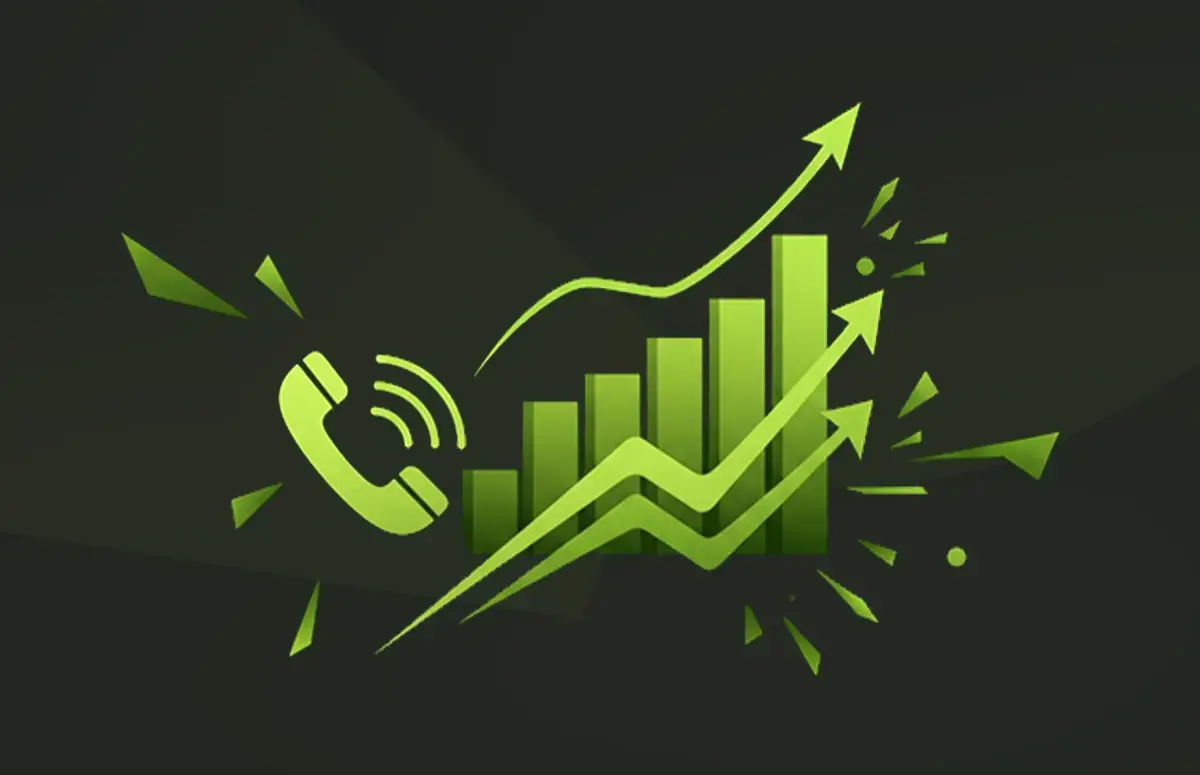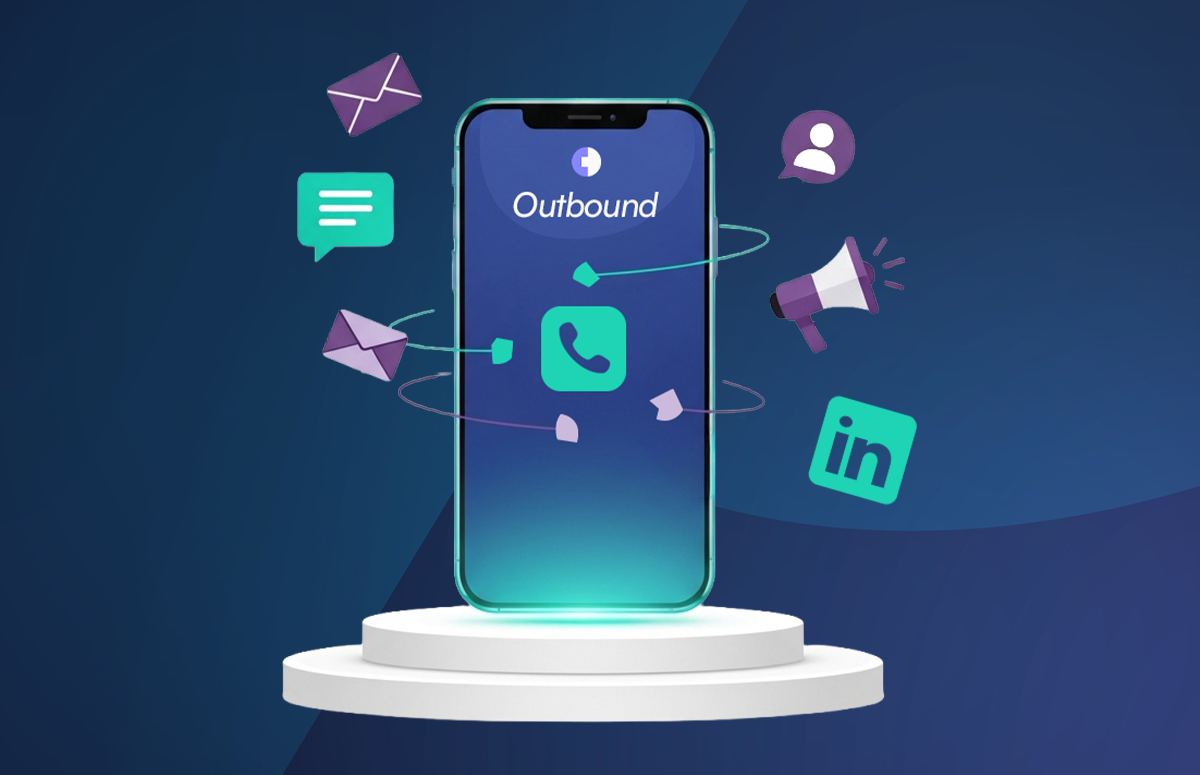Data Sourcing: Types, Tips & How to Find Quality B2B Data
B2B data sources are a treasure trove of information waiting to help B2B businesses scale.
There are quite a few companies out there promising treasure in the form of data sourcing, and when you get it, the databases are filled with old seaweed.
So, how do you find the gold?
That’s where we come in - Cognism is your map to excellent data (or Diamond Data®, if we may). This article discusses how B2B teams can spot high-quality data sources for effective prospecting and lead generation.
Let’s go 👇
What is data sourcing?
Data sourcing refers to the methods that data vendors use to extract and integrate data from different sources to create lead lists.
Broadly speaking, there are three types of B2B data sources:
- Compiled data.
- Crowd-sourced data.
- Self-reported data.
Let’s look at each of these in turn:
1. Compiled data from various sources merged together
Compiled data is sourced from various sources over time, then merged and packaged to sell to B2B sales teams.
The problem with compiled sales and marketing data is that, on average, the profiles are 18 months old when the vendor compiles them.
So, the profiles will be even older when they sell the information to B2B businesses like yours.
This can lead to significant problems with B2B data accuracy, and you’ll likely discover more quality issues as your team starts using it.
The average person changes jobs 10-15 times during their career. A lot can happen in the 12-24 months between the data being correct and it reaching your sales team’s CRM.
People can change jobs or move companies, and businesses can be acquired or even cease trading during that time.
That leaves a great deal of room for error.
2. Crowdsourced data given by a group of people
Crowdsourced data is collected from a group of people. Contributors are often offered incentives to input their data into the broader data pool. In marketing, this data is usually lists of contacts.
Crowdsourcing data has significant margins for error. The data that goes in is only as reliable as the source that inputs it.
Plus, pieces of data can conflict, so how do you know what is right or wrong?
For example:
Six data sources could give information on the same customer profile, but they could all be incorrect or outdated. This leads to incorrect customer records and missed opportunities.
3. Self-reported data that's volunteered by people
Self-reported data is information that the subject has contributed themselves, i.e. self-sourcing.
For example:
A LinkedIn profile contains information that the potential customer has provided willingly.
Self-reported data is more likely to be accurate and current, so it makes sense that this type of data sourcing is the most reliable method for sales and marketing data.
However, even when buying self-reported data to generate leads, you must determine how often the source updates its database.
Even self-reported data is not worth much if it’s over two years old.
Questions to ask when implementing a data sourcing strategy
When sourcing data, companies turn to B2B data providers and contact databases.
Here are some questions to ask when choosing your data source:
What do you want?
Be clear on the criteria for your sales data. If you want your leads to be in a particular industry or location, make sure you tell your vendor.
How and when was your data collected?
Self-reported data is more reliable. The more recently it was collected, the better.
Can you test the data?
The best vendors offer you a chance to test the data for a short period. This is your opportunity to assess its reliability.
What’s the price?
Data is an area where you get what you pay for. You’ll find data sourcing tools offering lists exceptionally cheaply, pennies per lead.
This is likely to be inaccurate data, meaning the money you save is worthless.
Take a look at our blog on the cost of bad data to see why investing in quality B2B data is worth it!
How do you source B2B data?
Sourcing B2B data is essential for any business looking to partner with other businesses for marketing, sales, or other opportunities.
There are several ways in which companies can source B2B data:
1. Purchase from data providers
Many companies specialise in collecting and selling B2B data.
These data sourcing companies gather information from various sources, such as trade shows, online directories, public records, and company websites.
They then compile this data into databases that businesses can purchase.
One example of data sourcing is Cognism, an AI-powered B2B sales intelligence tool that prioritises quality and compliance. Cognism gets its data from several sources, including public sources, partnerships, and proprietary methods. This tool is top-tier, with local and global data you can rely on.
Just ask Comply Advantage 👇

Global Head of Revenue Operations @ComplyAdvantage

2. Use data enrichment tools
Data enrichment tools can help businesses enhance their existing B2B data by adding missing information or updating outdated records.

These tools ensure your CRM is managed well and kept up to date. There are two ways these platforms do this:
- Through a CSV file upload for enrichment to your existing data records.
- Through APIs for automated updates across your systems.
Data sourcing tools like Clearbit and Cognism include enrichment capabilities.
3. Self-sourced data
Businesses can also source data by directly contacting potential leads through email campaigns, social media, or networking events.
This strategy makes for reliable marketing data sources. It allows companies to gather data specific to their target audience and ensures that the information is up-to-date and accurate.
4. Use a Data as a Service (DaaS) provider
If you’re a larger organisation, you might want to consider implementing a DaaS provider to help with your data sourcing and orchestration.
As an example, Cognism’s DaaS offers flexible delivery options to integrate B2B data in the format and frequency of your choice:
- API & Flat File delivery: Real-time enrichment or scheduled batch drops via Snowflake, S3, Google Cloud, Databricks or SFTP
- Data quality & compliance: Audit-ready metadata and consent trail are aligned with GDPR, CCPA, and PECR.
- Continuous value realisation: ROI benchmarking, usage health reviews and expansion scoping.
.webp?width=700&height=395&name=Data-as-a-service%20imagery-01%20(2).webp)
5. Crowdsourced data
As mentioned earlier, crowdsourcing data involves collecting information from a group of people.
This can be a cost-effective way to gather B2B data, as contributors may be willing to provide their contact details in exchange for incentives.
However, it’s not the most reliable data source and might negatively impact your strategic decisions. You’d be better off choosing one of the above three options. Otherwise, you might find your business in danger of the below 👇
Challenges of sourcing bad data
Part of the data sourcing process involves careful research to ensure you get the most accurate results possible—bad data results in inefficient B2B sales and marketing campaigns, among other things.
Here are four dangers of using the wrong data sourcing methods:
1. No quality control
Quality control is a crucial aspect of data sourcing, as the accuracy and reliability of the data collected can significantly impact decision-making and outcomes.
To ensure the high quality of your sourced data, you’ll need to implement various quality control measures throughout the sourcing process.
Around a third of customer and prospect data becomes outdated every year. Because they don’t refresh their data often enough, most sales teams use data up to 60% out of date. This creates significant problems for B2B marketing and sales teams.
One key aspect of quality control in data sourcing is establishing clear criteria for evaluating data quality.
This includes defining what constitutes good data, such as accuracy, completeness, and relevance.
With proper quality control measures, businesses can make decisions based on accurate and up-to-date information.
2. Issues with compliance
Another challenge of sourcing bad data is the risk of non-compliance with data protection regulations.
In many countries, strict laws govern the collection and use of personal data, such as the General Data Protection Regulation (GDPR) in the European Union.
Businesses that source data without ensuring compliance with these regulations may face legal consequences, such as fines or lawsuits.
Companies must carefully vet their data sourcing partners and ensure that they adhere to all relevant data protection laws.
💡You might be interested in the rules around GDPR marketing.
3. Wasted resources
Sourcing bad data can also result in wasted resources, as businesses may spend time and money trying to analyse and use inaccurate or outdated data.
This can lead to ineffective marketing and ABM campaigns, misinformed strategic decisions, and missed growth opportunities.
One of the primary challenges is the sheer volume of data available in today’s digital age. With so much information circulating online, it can be challenging to discern what is reliable and what is not.
3. Poor decision making
Sourcing bad data can present numerous challenges for organisations looking to make informed decisions based on accurate information.
If a company relies on incorrect information to target potential leads or make strategic business decisions, it may miss out on valuable opportunities for growth and success.
For example, if a company uses inaccurate sales data to forecast future revenue, it may overestimate its financial performance and make poor investment decisions.
Additionally, sourcing incorrect demographic information can lead to ineffective marketing campaigns that fail to resonate with target audiences.
Contact data sourcing with Cognism
When it comes to data sourcing, you can’t go wrong with Cognism. We pride ourselves on providing the best quality data in the marketplace while helping B2B revenue teams find customers quickly with well-sourced and up-to-the-minute data.
With Cognism Sales Companion, you can:
- Find the right companies and decision-makers almost instantly.
- Use firmographics, technographics, and buyer intent signals to get your message in front of the right customers at the right time.
- Cut the number of dials and successfully connect with buyers using compliant mobile data.
Click 👇 to speak with one of our data experts!
/CTAs%20(SEO)/CTA%20banner-Ideal%20customers..webp?width=672&height=258&name=CTA%20banner-Ideal%20customers..webp)
/Cold%20calling%20strategy/cold-calling-strategy-card.webp)

